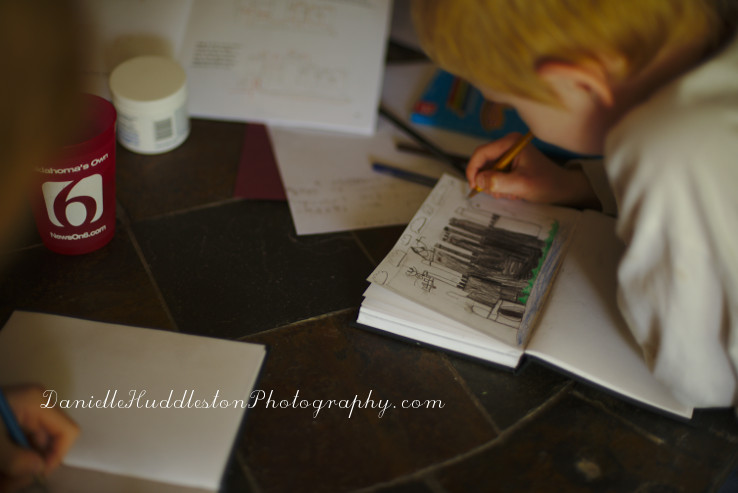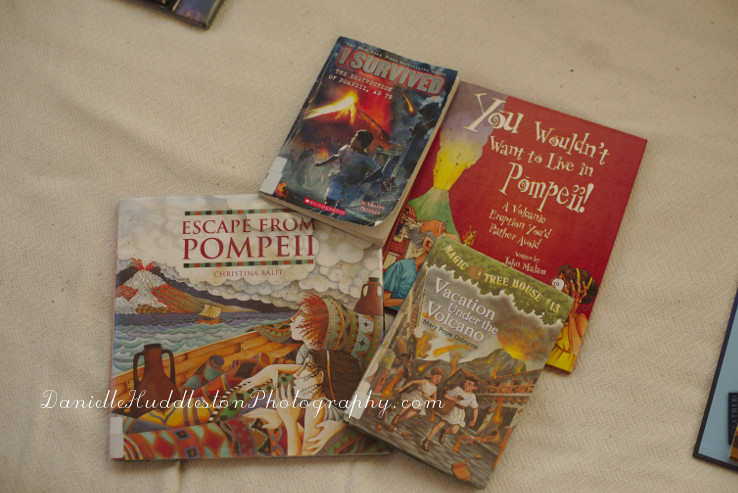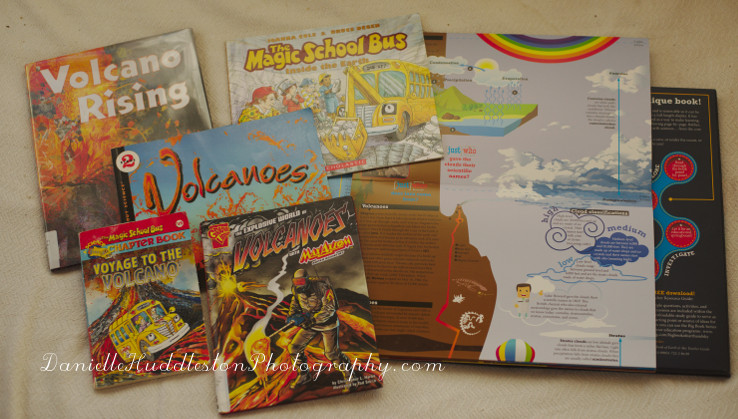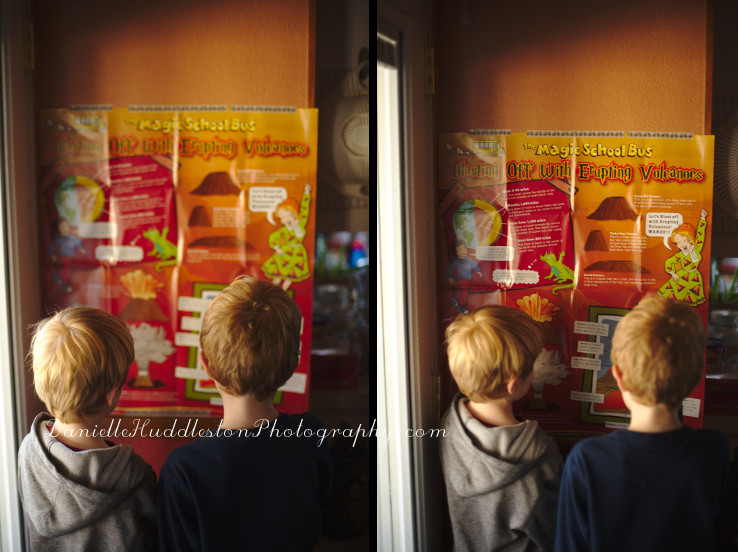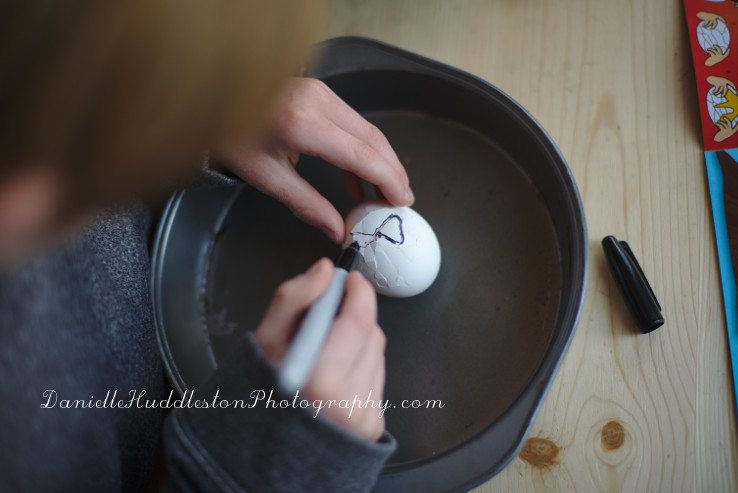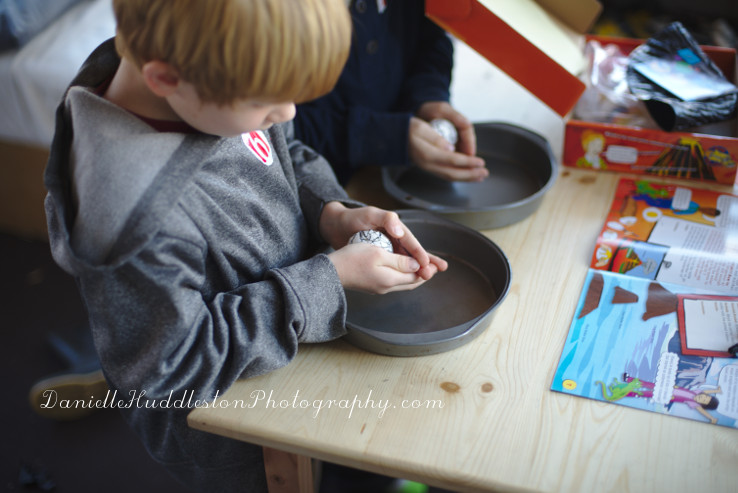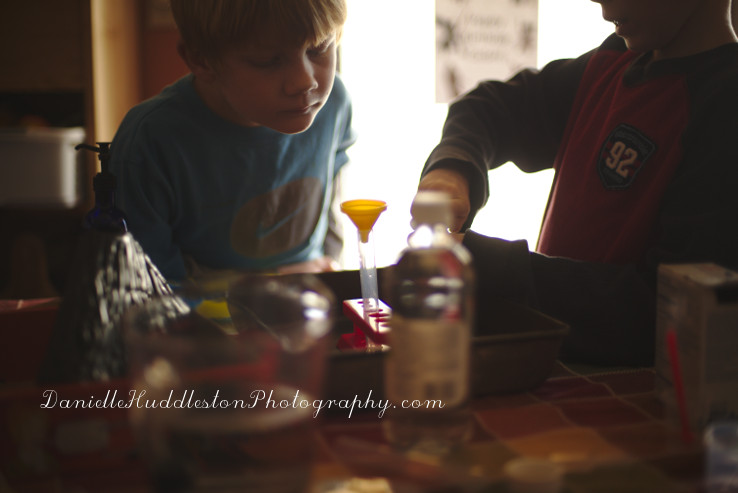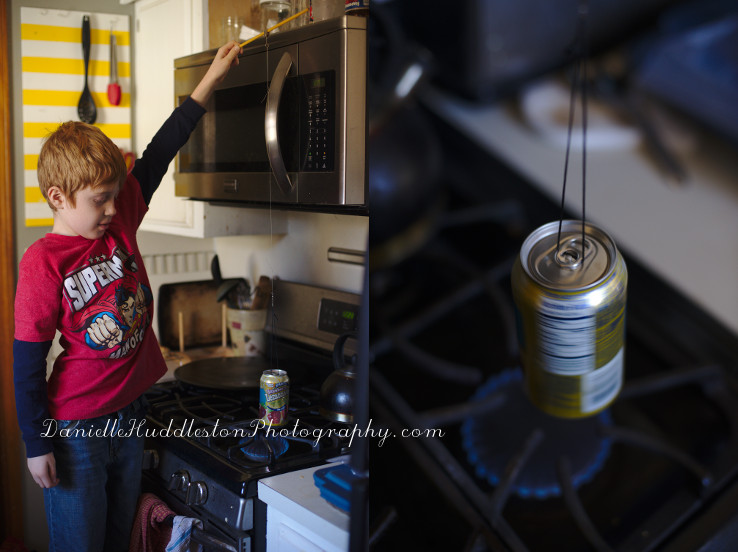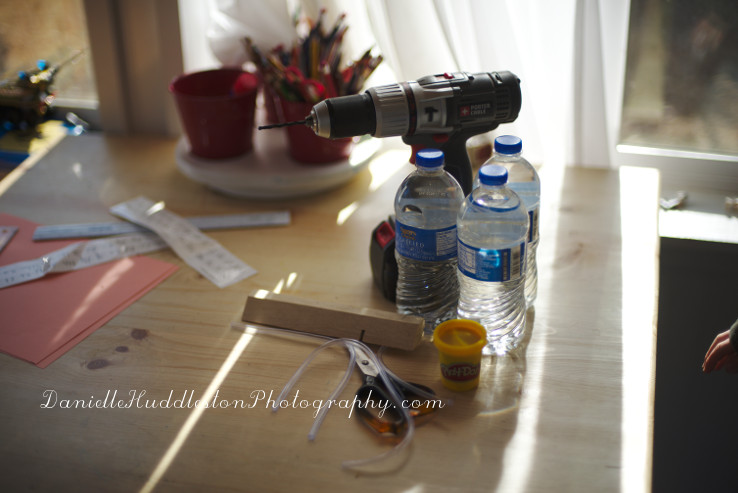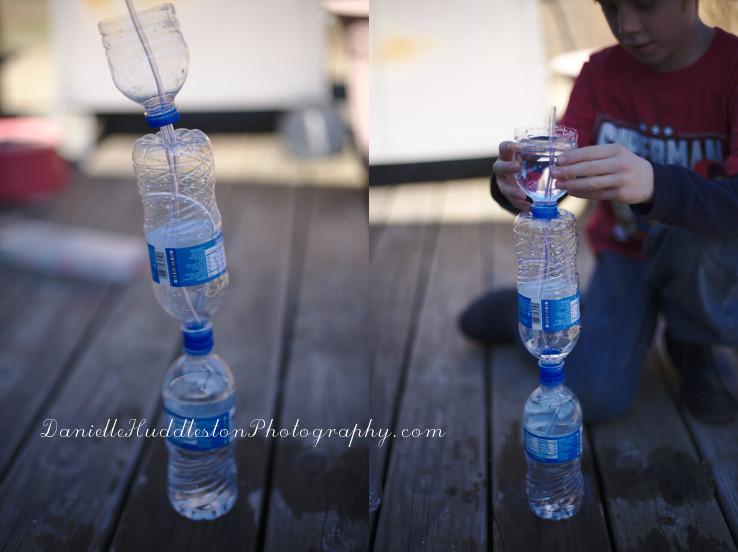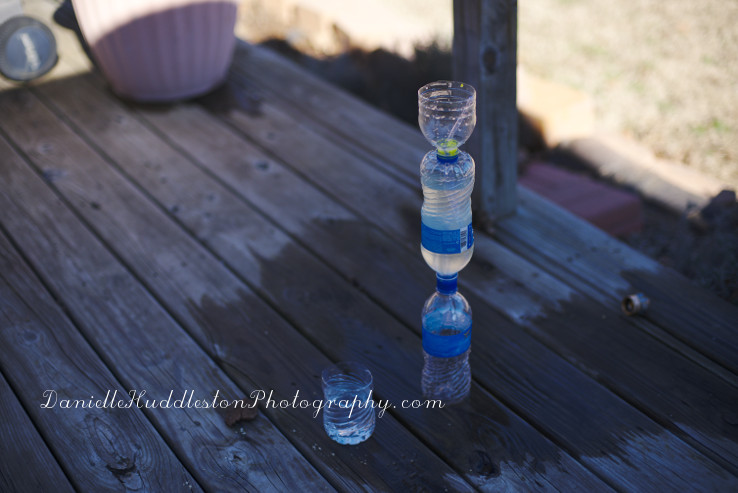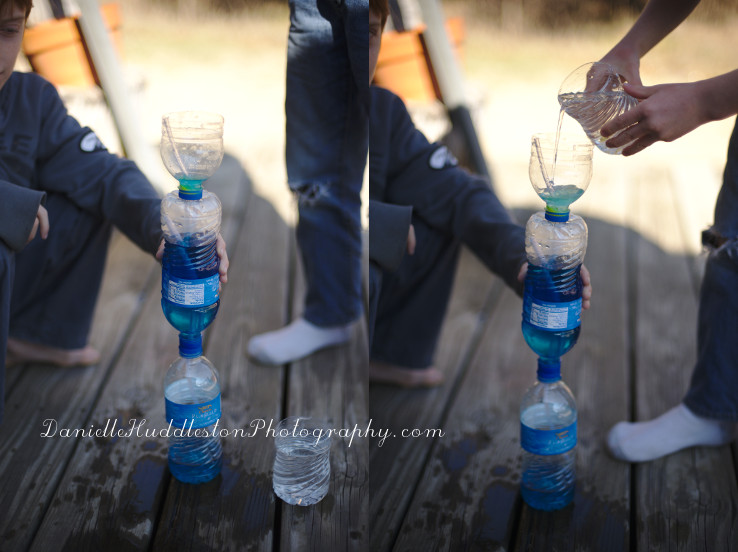We started out our study of the Middle Ages with an overview of what was going on all over the world during the early part of the Middle Ages.
There were actually different stages to the Middle Ages and each one was pretty different.
Not all of them were Dark either.
Please remember my boys are adventure loving and they like the exciting history best before you look at the timelines they created.
They latched on to even the slightest mention of a battle…
I did get them to leave Easter Island battle free though!
Boys…
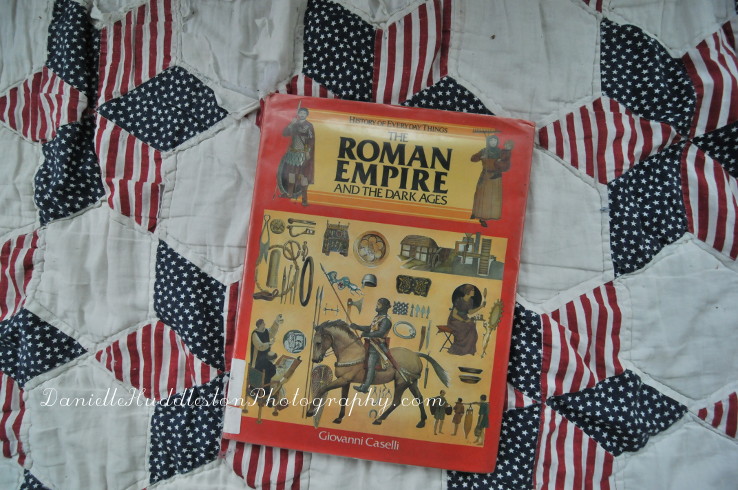
Yes, the Roman Empire was still around during the Middle Ages.
I pretty much got every book the library had on Knights and the Middle Ages and just let my boys go at them.
You Choose history books were again a favorite of my boys.
They will read them again and again.
I like to mix in a LOT of Historical Fiction with our studies.
We watched Disney’s Robin Hood to go with our study.
I was pretty excited about it!
They also did a couple of the lessons with Draw and Write your way through History.
I felt like I failed in the science department at first.
I was just getting books on the plague and talking about different discoveries that were going on.
Then at the end of our study we collected puddle water and studied it under the microscope.
They were amazed and proceeded to eat up all the books the library had on Microbes!
We also watched the Magic School Bus Episodes on Microbes.
Magic School Bus “In A Pickle” and “Inside Ralphie.”
I have to remind myself sometimes that my slow and steady approach to getting the boys interested in something does work!
It just looks lazy for a bit but always pays off!
For more ideas on the Middle Ages, check out my Pinterest board.











